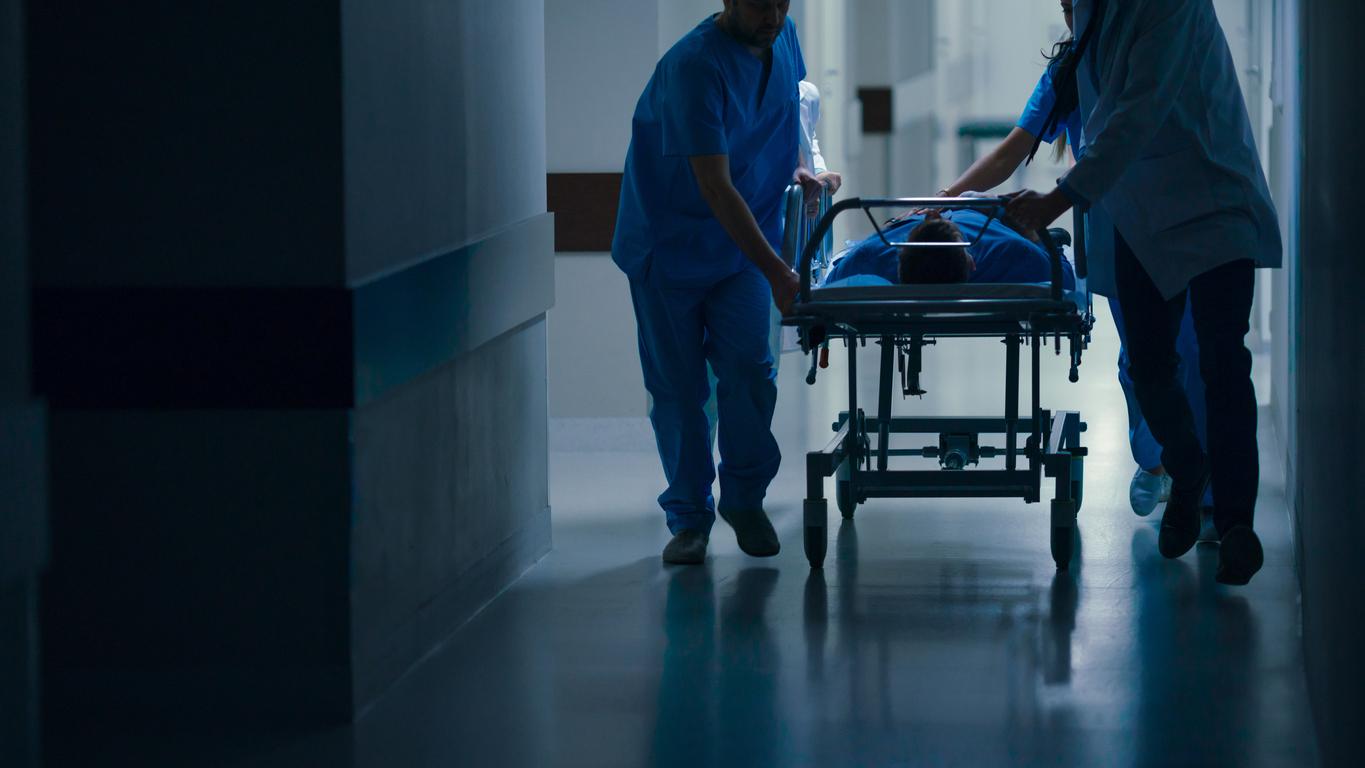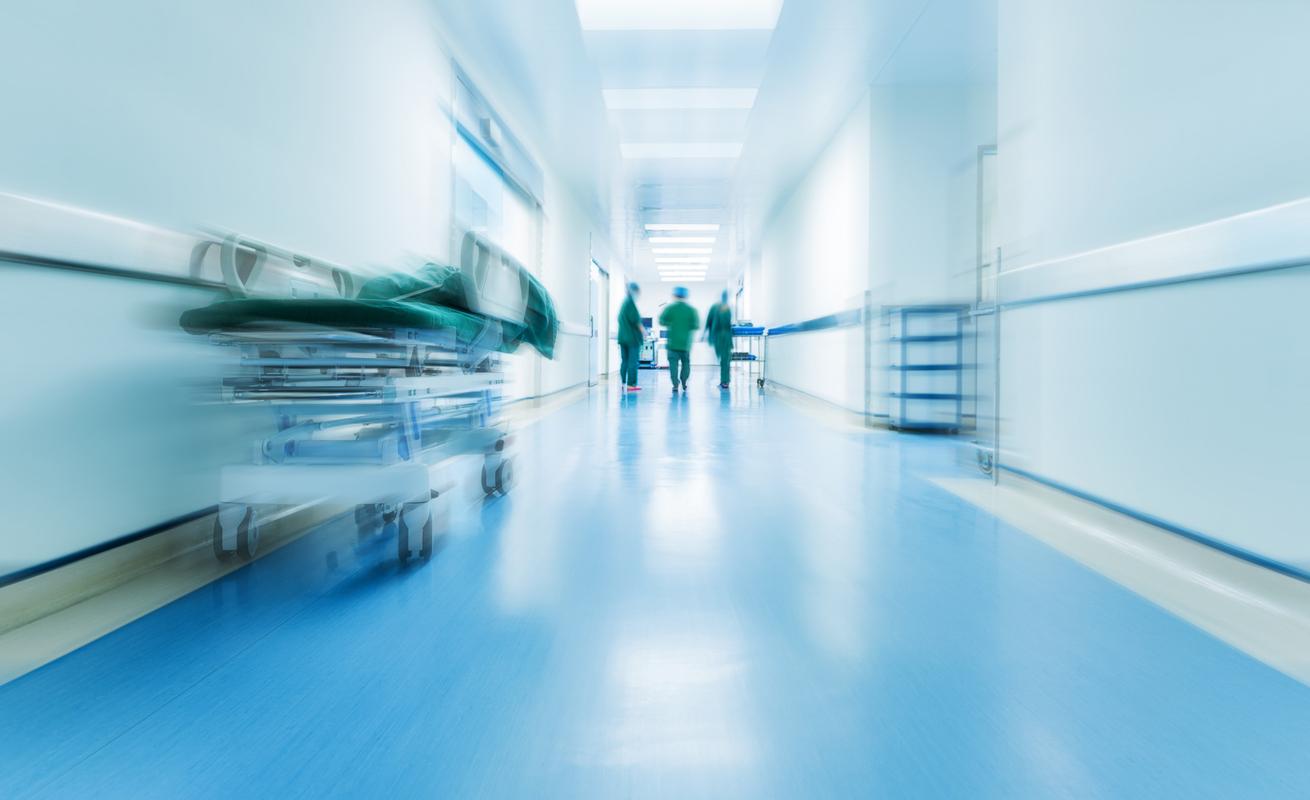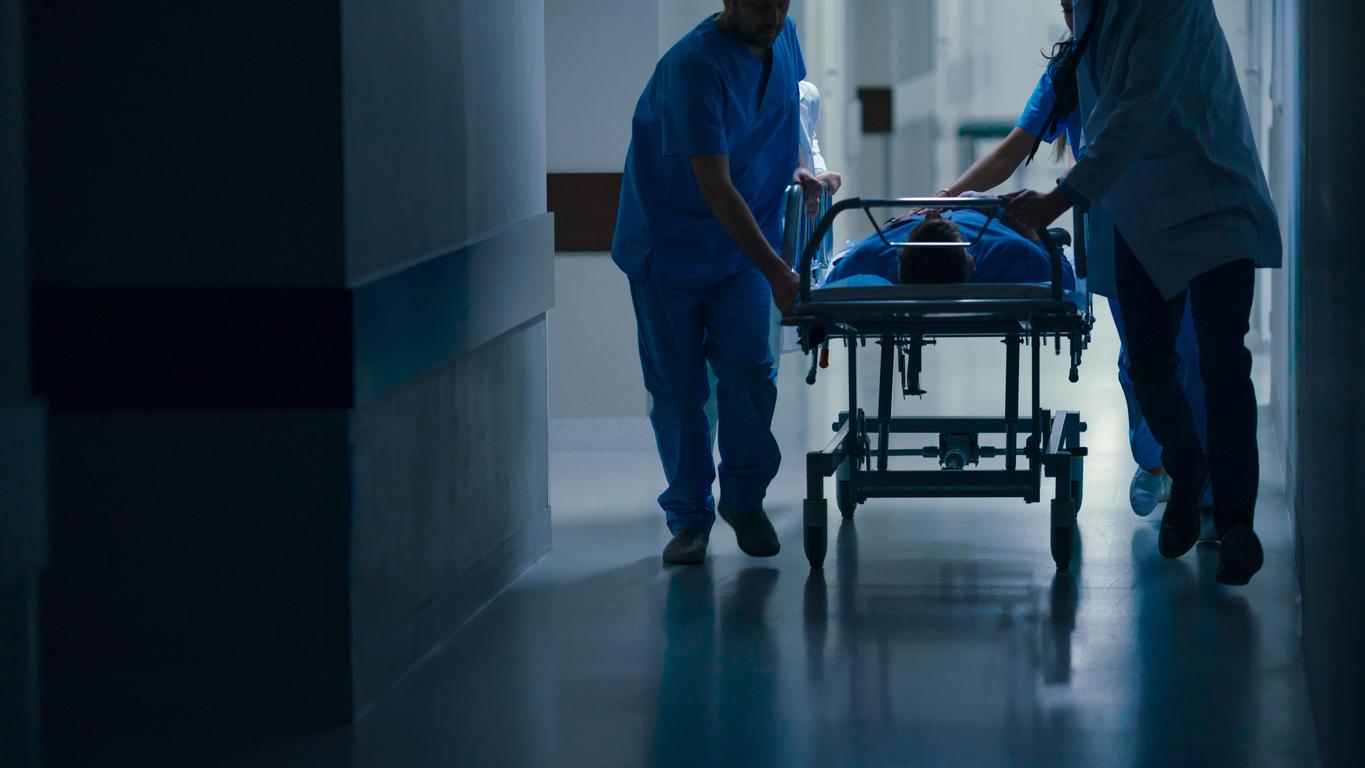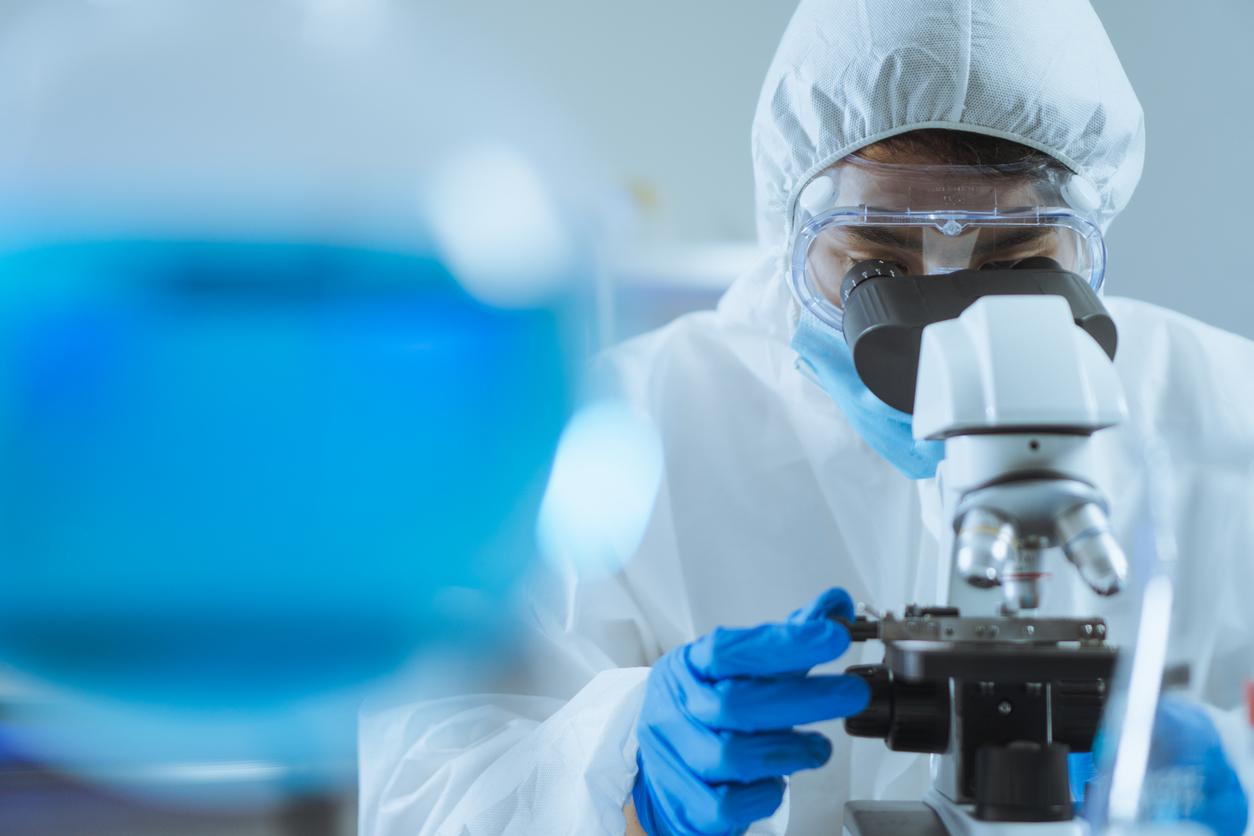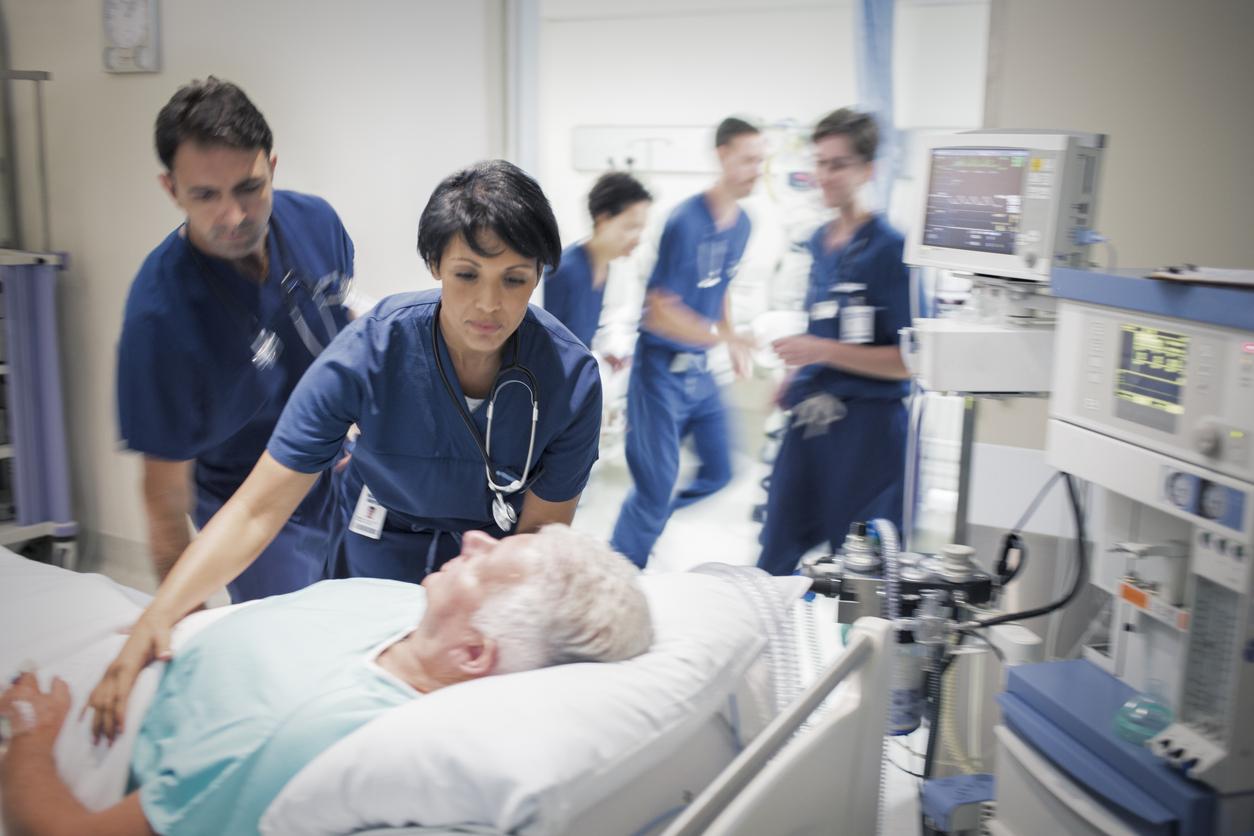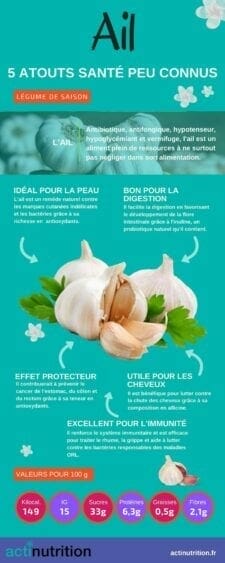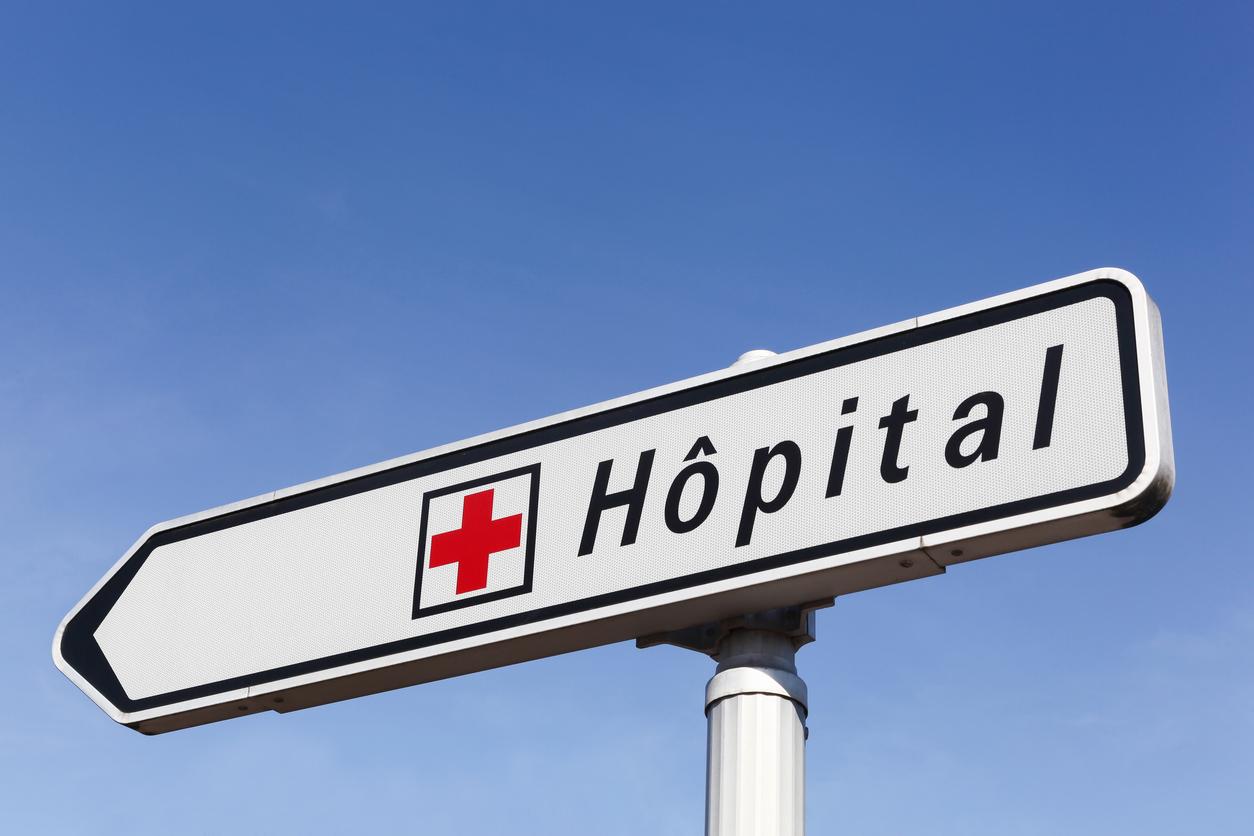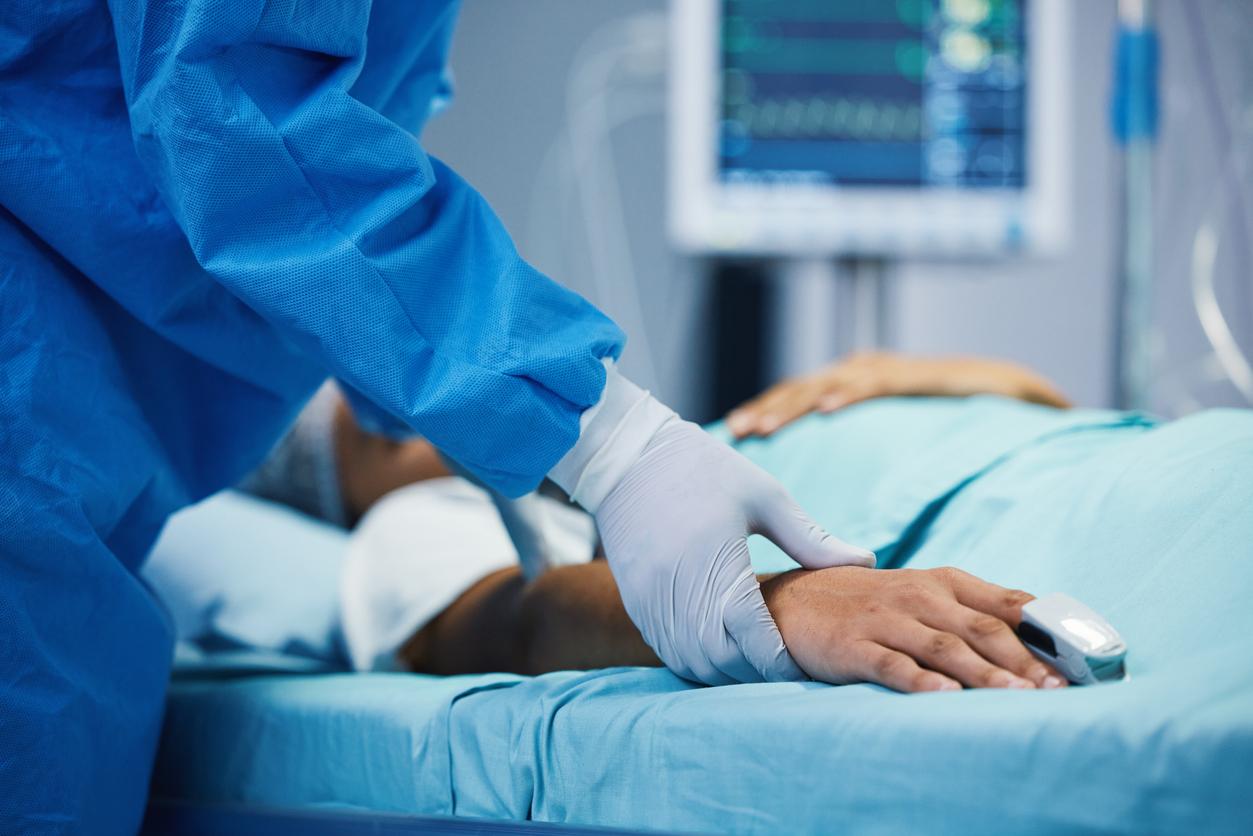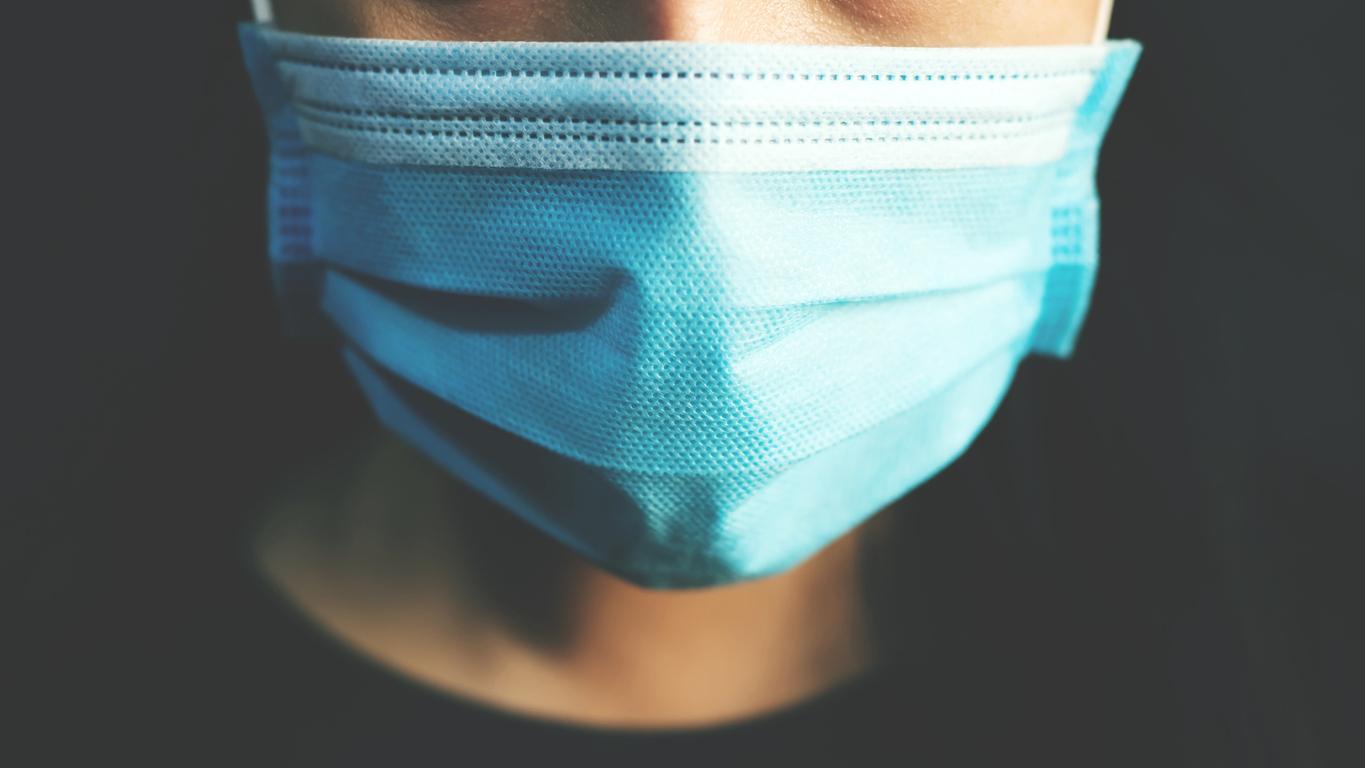Since the 2009 influenza A epidemic, small hydro-alcoholic gel bottles have found a place in all handbags and hospitals have all made it their tool for the control of nosocomial infections. These gels make it possible to limit the propagation of bacteria and in particular of staphylococcus aureus.
But some hospitals are starting to get disillusioned as Australian researchers at the University of Melbourne have noticed that infections caused by Enterococcus faecium (another multidrug-resistant bacteria) are on the rise over the years.
Bacteria of 2015 more resistant than those of 1997
Their study, published on the biology website bioRxiv, shows that this bacterium responsible nosocomial infections has become more resistant to alcohol.
For this study, the researchers analyzed 139 samples of bacteria taken between 1997 and 2015 in hospitals. By testing them on mice, they found that the newer bacteria were ten times more resistant to alcohol than the older ones.
According to Australian researchers, the bacteria’s genome has probably adapted, making their membranes more resistant to alcohol.
Recall that last June, a group of 200 scientists warned against the misuse of hydro-alcoholic gels due to health risks related to the exhibition with triclosan and triclocarban, two of the main compounds of these gels.
Read also :
Nosocomial infections: short stays increase the risks
Nosocomial infections: ranking of the safest hospitals








